Reading time: 8 minutes
The Earth’s oceans are home to millions of animal and plant species, as well as potentially millions more that are so far undiscovered. They are delicately balanced ecosystems and their healthy function is key to the balance of all life on Earth. Many people see marine life as something altogether separate to life on land but the two are far more connected than we might think. Crucially, the behavior and choices made by people seriously impact the wellbeing of our aquatic friends.
What Is Marine Life?
Marine life refers to all the animals, plants and organisms that live in Earth’s saltwater seas and oceans. From the smallest plankton to the largest whale, all organisms play a role in the healthy function of these amazing, complex ecosystems.
Coral Reef Ecosystems
Coral reefs are diverse, colorful and home to millions of marine species across the planet. They provide a natural barrier to the power of the ocean, protecting coastal communities from extreme weather events such as tsunamis. As food chains, they are extremely important, providing an area in which marine species can live, feed, raise their young and thrive.
Unfortunately, they are also highly vulnerable to ocean temperature change, a direct result of climate breakdown. In 2016, Australia’s Great Barrier Reef experienced a 30 percent loss of coral reef due to a nine-month marine heatwave, the largest reef loss ever recorded. The fishing of reefs has also led to species loss, as food chains are interrupted and predators cannot survive.
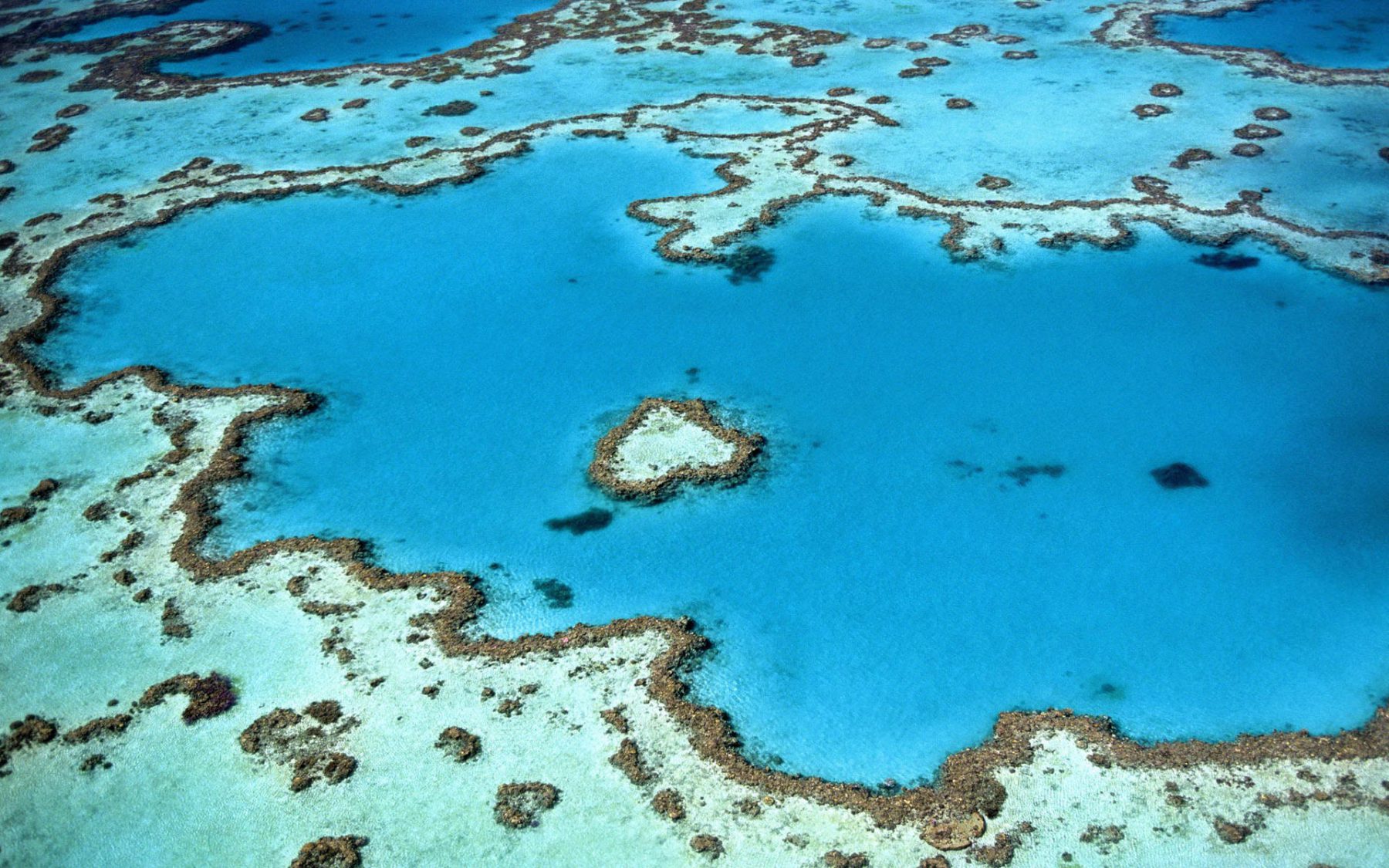
Some examples of the largest reef ecosystems on earth include:
- The Great Barrier Reef, Australia
- The Red Sea Reef, Egypt, Sudan and Eritrea
- New Caledonia Barrier Reef, southwest Pacific Ocean
- Florida Reef, USA
- Andros Coral Reef, the Bahamas
Ocean Fishes
There are thousands of different species of ocean fish, yet populations are continually declining as we allow commercial fleets to fish our oceans. Atlantic cod, for example, can live up to 25 years, yet their populations are now at critically low levels. Some other ocean fish include:
- Tunas
- Mackerels
- Sardines
- Mahi Mahis
- Barramundis
- Anchovies
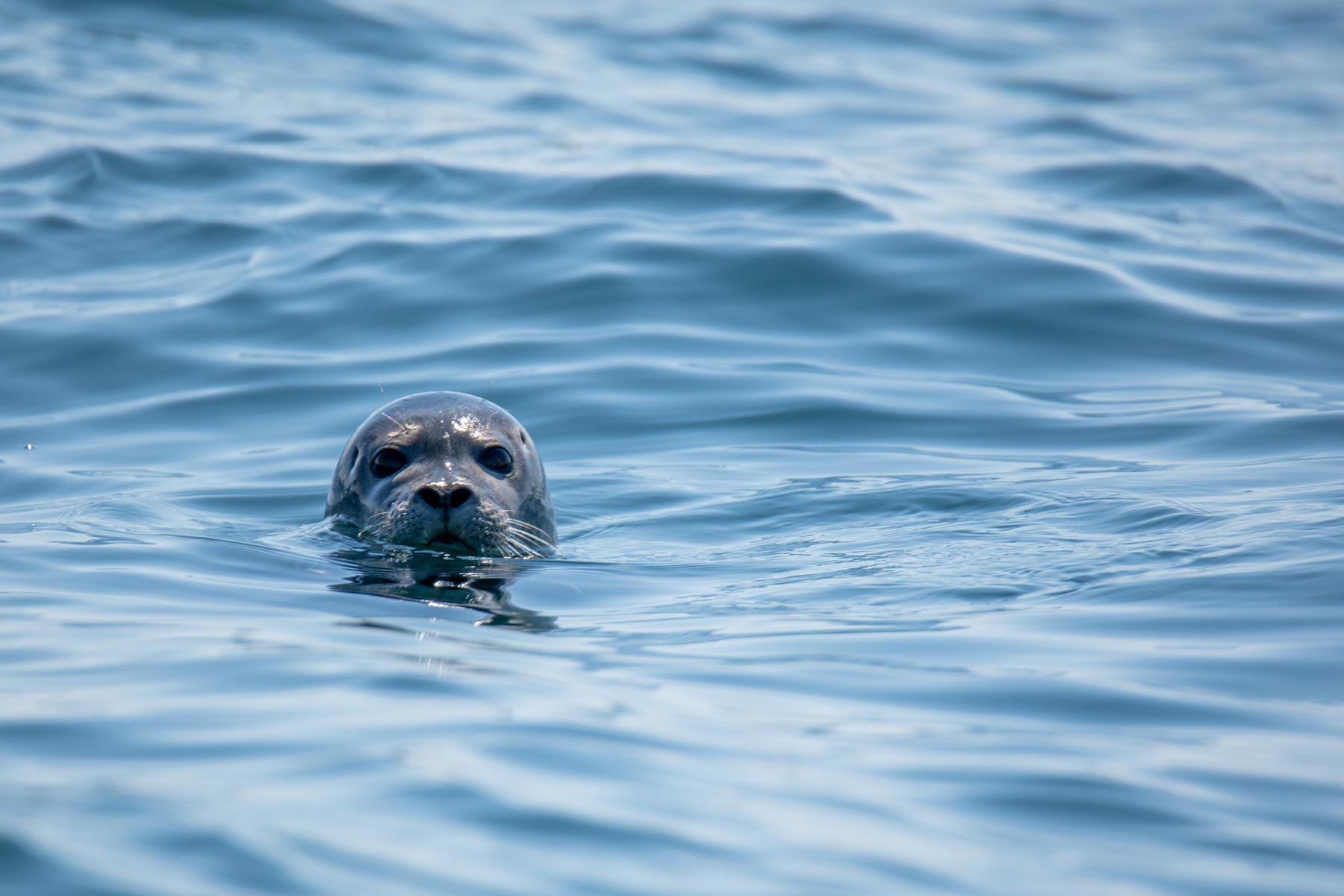
Marine Mammals
Marine mammals are generally larger sea creatures, who live underwater but need to breathe air also. Around the world these marine mammals still lose their lives unnecessarily due to habitat loss, being caught and killed by fishing fleets (“fishing bycatch”), hunting and noise pollution.
- Marine mammals include:
- Dolphins
- Whales
- Seals
- Otters
- Porpoises
- Manatees
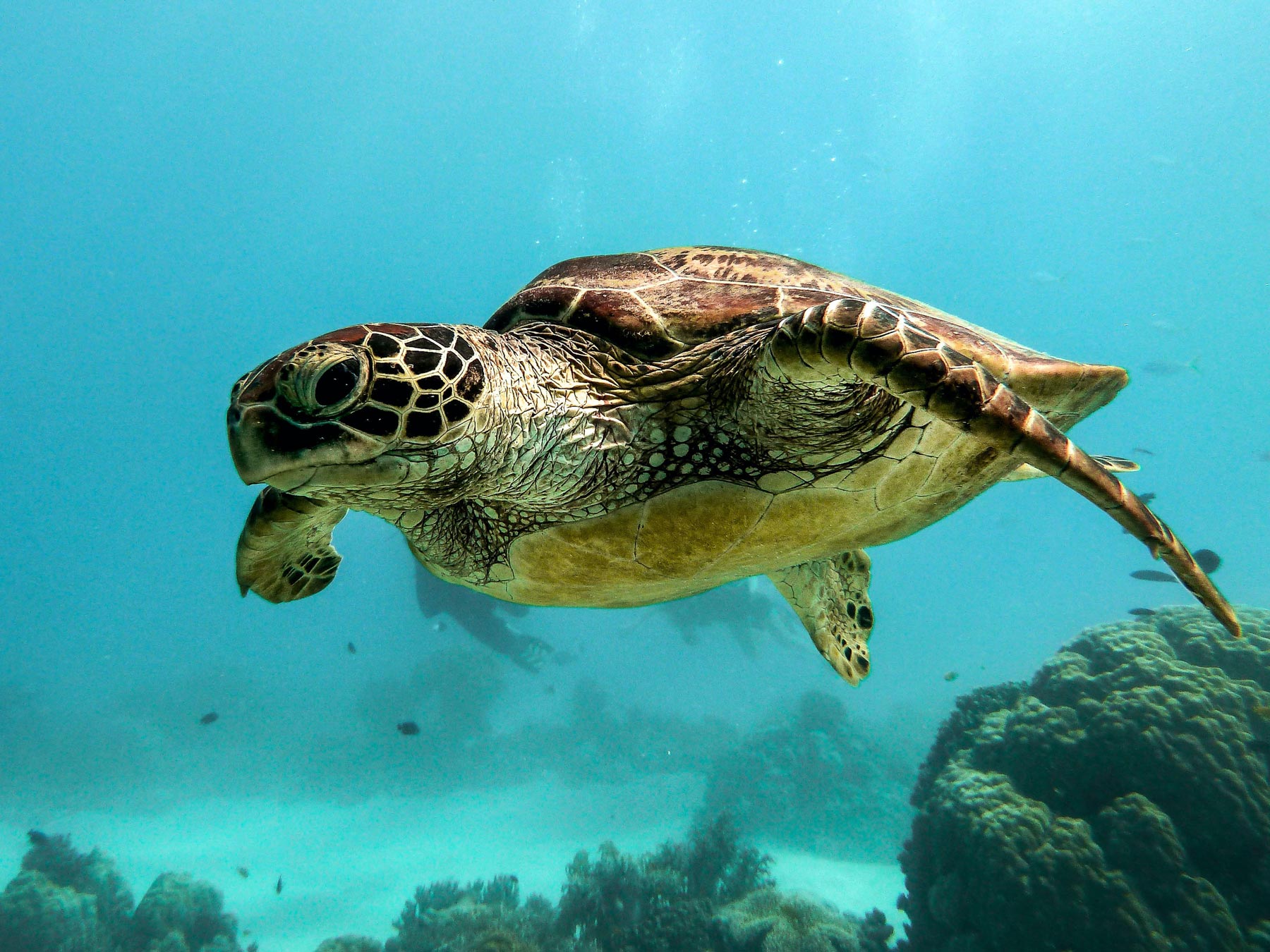
Sea Turtles And Reptiles
Reptile life in the sea is largely made up of turtle species such as:
- Loggerhead turtles
- Hawksbill sea turtles
- Green sea turtles
- Leatherback sea turtles
All seven species of sea turtles are endangered or critically endangered with The World Wildlife Fund stating that “the single biggest threat to most sea turtles is fishing gear.”
Marine iguanas and saltwater crocodiles are also ocean-dwelling species of reptile. Reptilian life in the sea is particularly vulnerable to pollutants such as plastic, as these animals live in shallow seas and come into contact with human populations often.
Cephalopods, Crustaceans And Shellfish
Cephalopods, crustaceans and shellfish play an important role in ocean ecosystems and the marine food chains, and includes:
- Octopi
- Squids
- Lobsters
- Crabs
- Cuttlefishes
- Shrimps
- Prawns
They are particularly vulnerable to increased ocean acidification, a direct result of increased human-generated greenhouse gas emissions.
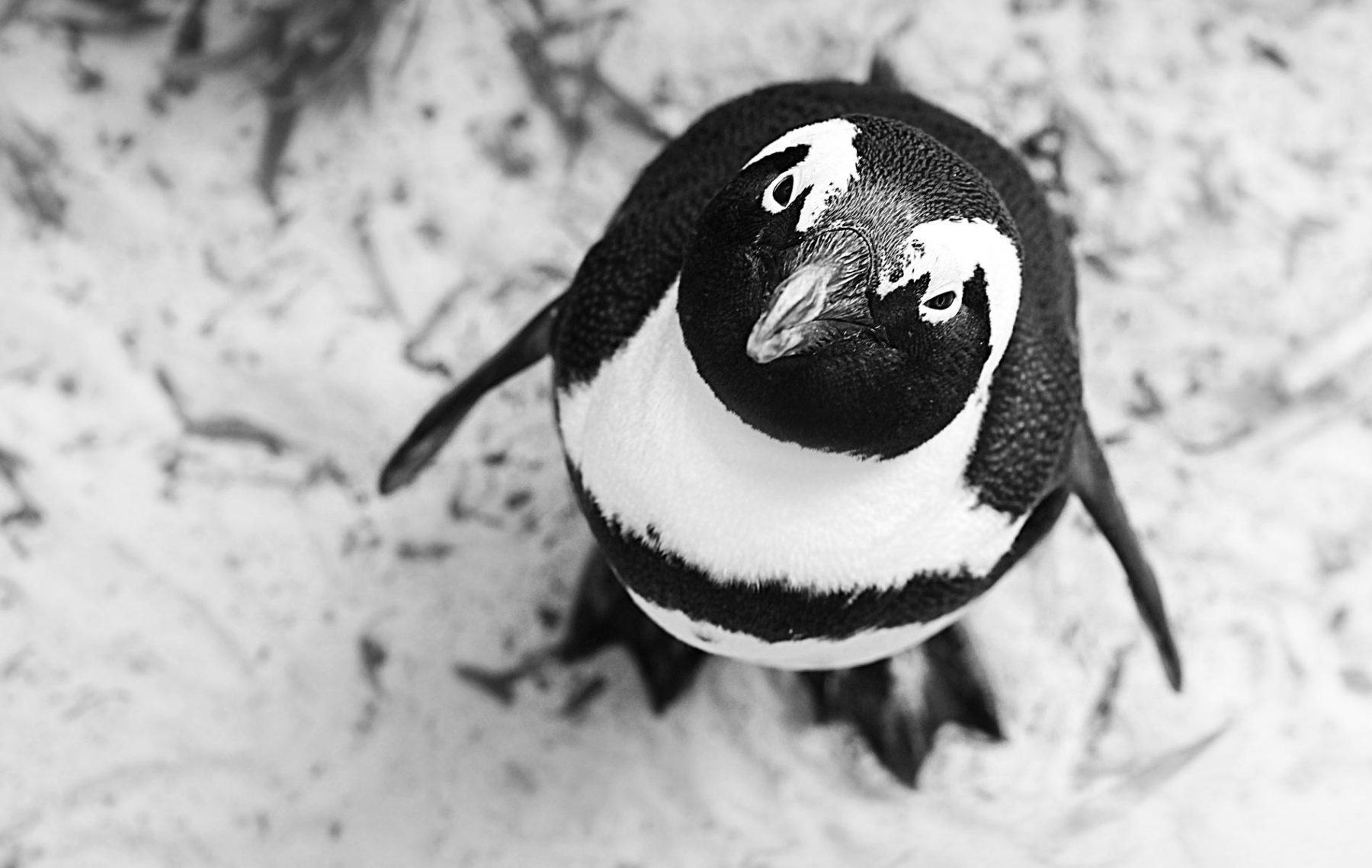
Seabirds
Seabirds are found on coastlines, in coastal waters and far out at sea, and include species such as:
- Penguins
- Albatrosses
- Fish eagles
- Puffins
Seabirds play a vital role in marine ecosystems but populations have dropped by 70 percent since the middle of the 20th century, with campaigners saying that they are being pushed to the brink of extinction by the fishing industry. Habitat destruction and pollution also play a part.
Why Marine Life Is Important?
The oceans provide 50 percent of the world’s oxygen and they provide essential ecosystem services that allow our planet to function in a healthy way. For example, ocean currents govern our weather systems, and if they were to be interrupted, the extreme weather consequences would be drastic. The oceans can only provide these services by maintaining delicately balanced ecosystems, made up of food chains and biological systems. Human activity risks the shutdown of essential ecosystem services that we rely on to survive.
One example is coral reefs. When we fish around coral reefs, those reefs’ delicate ecosystems are damaged and often die. We then lose the essential service a coral reef provides such as protection from erosion and weather, biochemical regulation, and recreation. This is just one of the reasons why taking care of the oceans is essential for our own wellbeing.
Marine Life Facts And Statistics
- An estimated 50-70 percent of all life on Earth is found under the oceans
- Humans have explored roughly 10-20 percent of the ocean
- There are around 230,000 classified marine species, but as many as two million or more yet to be discovered
- Marine biodiversity is declining at an alarming rate. It is estimated the oceans suffered around a 50 percent species loss between 1970 and 2012

Marine Life Pollution
Humans continue to pollute the oceans, despite the huge risks to marine life and to ourselves. Marine pollution comes in many forms such as plastic pollution, acidification and oil spills.
How Does Ocean Acidification Affect Marine Life?
Ocean acidification occurs due to increases in carbon dioxide in the atmosphere (due to climate warming) and it can have terrible consequences for marine life, particularly crustaceans. Higher acidity in water results in shells dissolving more quickly, which of course has a devastating impact on shellfish and other crustaceans. This can have drastic knock-on consequences for other animals who rely on them for food, and throw marine food chains and whole ecosystems out of balance..
How Do Fisheries And Seafood Affect Marine Life?
Probably the largest risk posed to marine life is the fishing industry. Vast commercial fleets trawling the oceans has been common practice for many years and sadly shows no signs of slowing. The negative impacts for marine life are huge and includes:
- Fish population crashes which impacts every species that live in the oceans. Bycatch from fishing nets results in huge biodiversity loss, including driving species to the brink of extinction.
- There is evidence to show that catching fish causes pain and is hugely distressing for those caught and those left behind.
How Does Fish Farming Affect Marine Life?
Fish farming poses various environmental and welfare risks including:
- Disease is easily spread in fish farms and too often spreads beyond the farm into the natural environment.
- Fish farms pollute waters with the chemicals needed to treat diseases caused by the appalling conditions, excess feed and concentrated fish waste. This pollution causes algal blooms, resulting in the deaths of wild fish, too.
- Wild marine animals, such as seals, are inevitably attracted to fish farms as a potential source of food, but these animals are often killed deliberately by farmers to stop them eating the valuable fish.
How Does Human-generated Noise Pollution Affect Marine Life?
Natural soundscapes in the ocean are key for healthy marine life, as animals use sound to communicate, catch food, navigate, defend themselves and attract mates. Machinery like boats, jet skis or oil drills create an unnatural barrier to marine life’s natural soundscape, and the impacts can devastating:
- Marine mammals like whales use complex songs to communicate, navigate and attract one another. If these are interrupted, they cannot enact basic natural functions and die as a consequence
- Animals can be directly stressed by unnatural noise, leading them to make poor decisions that can lead to their deaths
Other Forms Of Pollution?
Plastic pollution is the other major form of marine pollution that affects marine life:
- Plastic waste can entrap marine animals resulting in them drowning, starving or being eaten
- Soft plastics and microplastics can be ingested by marine life and cause their deaths
- Plastic pollution kills 100 million marine mammals and up to a million seabirds every year
- Most plastic pollution comes from the fishing industry
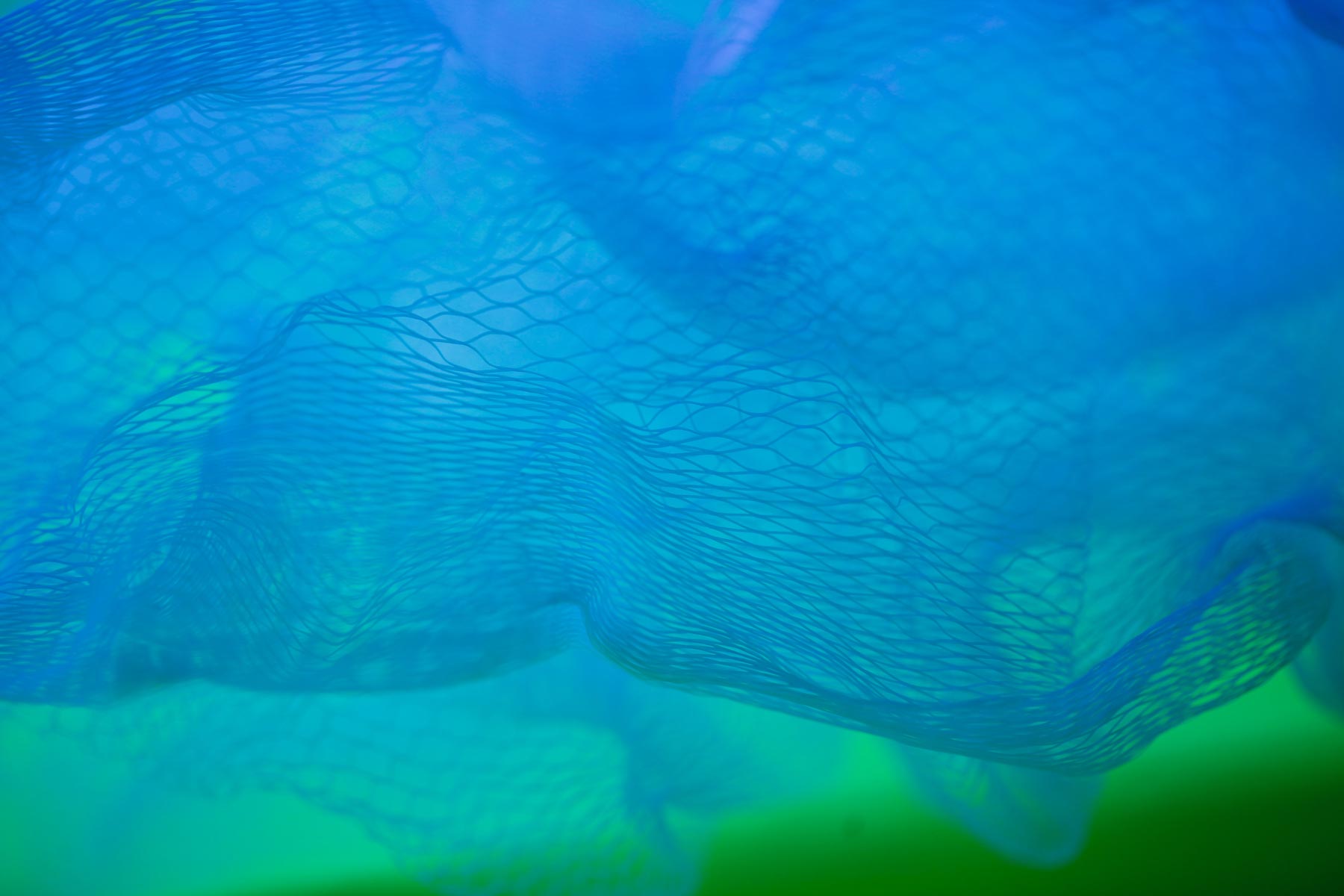
How Can We Save Marine Life?
Put simply, we can save marine life by leaving the oceans alone and letting their ecosystems operate naturally. These systems have developed over millions of years of evolution and they can only operate without our intrusion.
We can reduce our impact on marine life in a few ways:
- Go vegan. Stopping consumption of marine animals is the single biggest way to help the oceans. It would stop overfishing and bycatch, returning fish populations to healthy levels. It would also reduce noise pollution from fishing vessels, reduce oil spills and plastic pollution from fishing fleets, and lower carbon dioxide levels, thereby reducing ocean acidification
- Reduce our consumption of all unnecessary products and buy local as much as we can – global shipping networks create noise and chemical pollution in the oceans, which directly affects marine life
- Reduce our reliance on plastics, stop buying single-use plastic items, and recycle plastic waste effectively, so that it never ends up in the ocean
- Raise awareness of the issues – watch and share documentaries such as Seaspiracy to alert others of the need to save marine life
Conclusion
Healthy marine life is critical to the healthy function of the whole planet and to the lives of all those who inhabit it. Without healthy balanced oceans, many of our essential ecosystem services would collapse, resulting in terrible knock-on effects for humans and animals alike. But that is not the only reason to protect marine life. We should protect them for their own sake. The lives of marine animals are as important to them as ours are to us. They are here on Earth with us, not for us.



